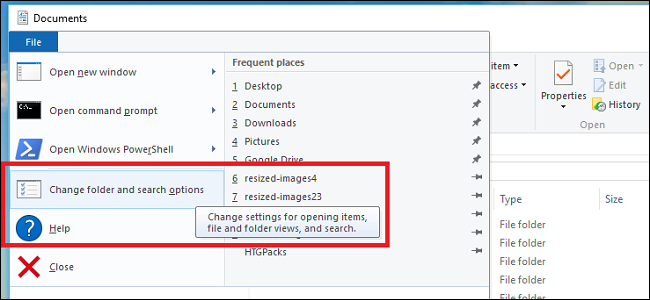
- #Default folder x windows how to#
- #Default folder x windows install#
- #Default folder x windows drivers#
it can be different for every file you work with. These messages are also written to the user’s ~/.xsession-errors on a per-session basis.The default folder is actually the same as the current working folder for the buffer, i.e. If a display that XDM is trying to start hangs, look at this file for error messages.

Global configuration for all displays running on this machine.Ĭontains errors generated by the server program. Typically these scripts run one or two programs in the background such as xconsole. There is a script for each display being used, named Xsetup_*, where * is the local display number. Script to automatically launch applications before displaying the chooser or login interfaces. This points to a customized session script in ~/.xsession. The list of local and remote displays the chooser should provide as login choices.ĭefault session script for logins which is run by XDM after a user has logged in. The format of this file is identical to the app-defaults file described in the Xorg documentation. The default configuration is a simple rectangular login window with the hostname of the machine displayed at the top in a large font and "Login:" and "Password:" prompts below. This file controls the look and feel of the XDM display chooser and login screens. By default, this file does not allow any remote clients to connect. This file is a client authorization ruleset for controlling XDMCP connections from remote machines.

The protocol for connecting to XDM is called the X Display Manager Connection Protocol ( XDMCP). The exact syntax and usage of these files is described in xdm(1). XDM Configuration Files summarizes the function of each of these files. This directory contains several files used to change the behavior and appearance of XDM, as well as a few scripts and programs used to set up the desktop when XDM is running. The XDM configuration directory is located in /usr/local/etc/X11/xdm.
#Default folder x windows install#
If you run GENERIC and use freebsd-update, you can just build the graphics/drm-kmod or x11/nvidia-driver port after each freebsd-update install invocation. You can add PORTS_MODULES to your /etc/nf file to ensure all kernels you build rebuild this module.Īdvanced users can add it to their kernel config files with the makeoptions directive. The kernel and ports trees should be updated together for maximum compatibility. This ensures the kernel module stays in-sync with the kernel itself. With PORTS_MODULES, every time you build the kernel, the corresponding port(s) containing kernel modules are re-built against the updated sources.
#Default folder x windows drivers#
These drivers use interfaces in the kernel that are normally private.Īs such, it is strongly recommended that the drivers be built via the ports system via the PORTS_MODULES variable. Users can use one of the following drivers available from graphics/drm-kmod.
The Ports framework provides the drm graphics drivers necessary for X11 operation on recent hardware. Window managers are available in the x11-wm category of the Ports Collection. There are dozens of window managers available.Įach window manager provides a different look and feel: some support virtual desktops, some allow customized keystrokes to manage the desktop, some have a "Start" button, and some are themeable, allowing a complete change of the desktop’s look-and-feel. Instead, X delegates this responsibility to a separate window manager application.
#Default folder x windows how to#
X does not dictate what windows should look like on-screen, how to move them around with the mouse, which keystrokes should be used to move between windows, what the title bars on each window should look like, whether or not they have close buttons on them, and so on. In this scenario, the communication between the X client and server takes place over the network. It is also possible to run the X server on a less powerful computer and to run the X applications on a more powerful system. In a home or small office environment, the X server and the X clients commonly run on the same computer.


 0 kommentar(er)
0 kommentar(er)
